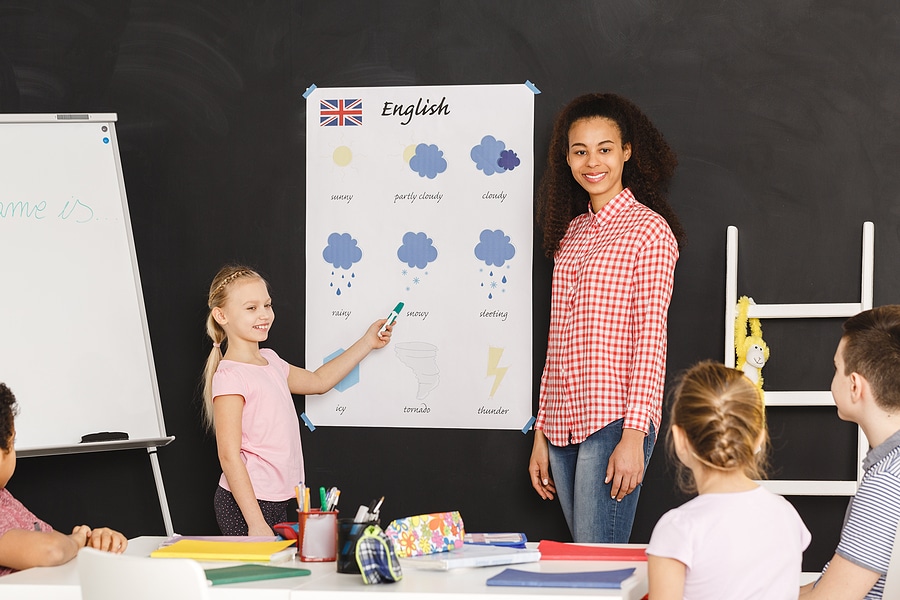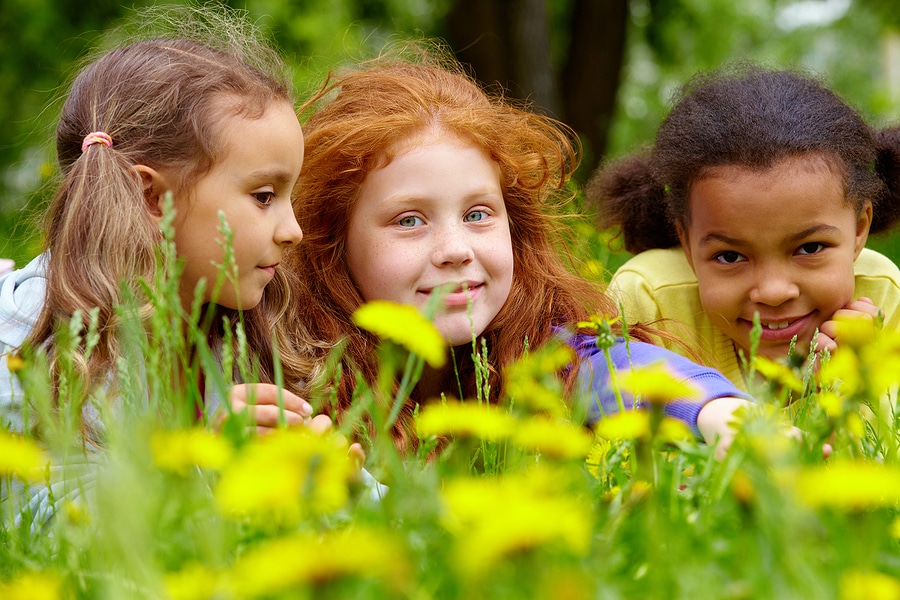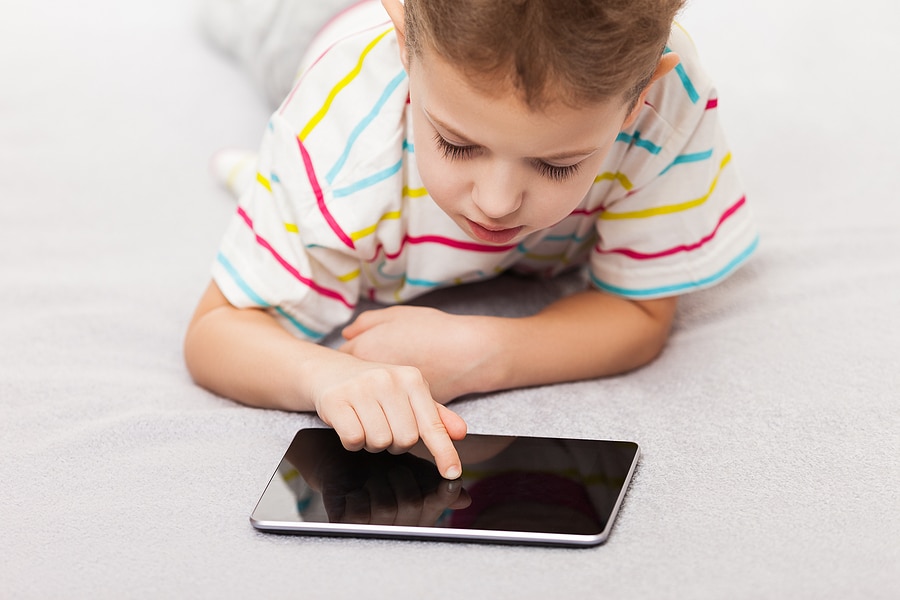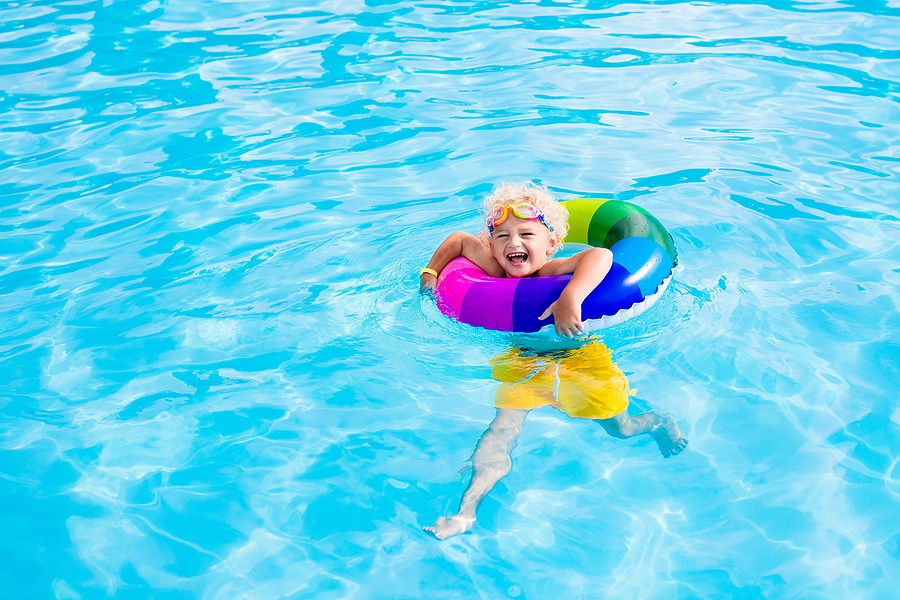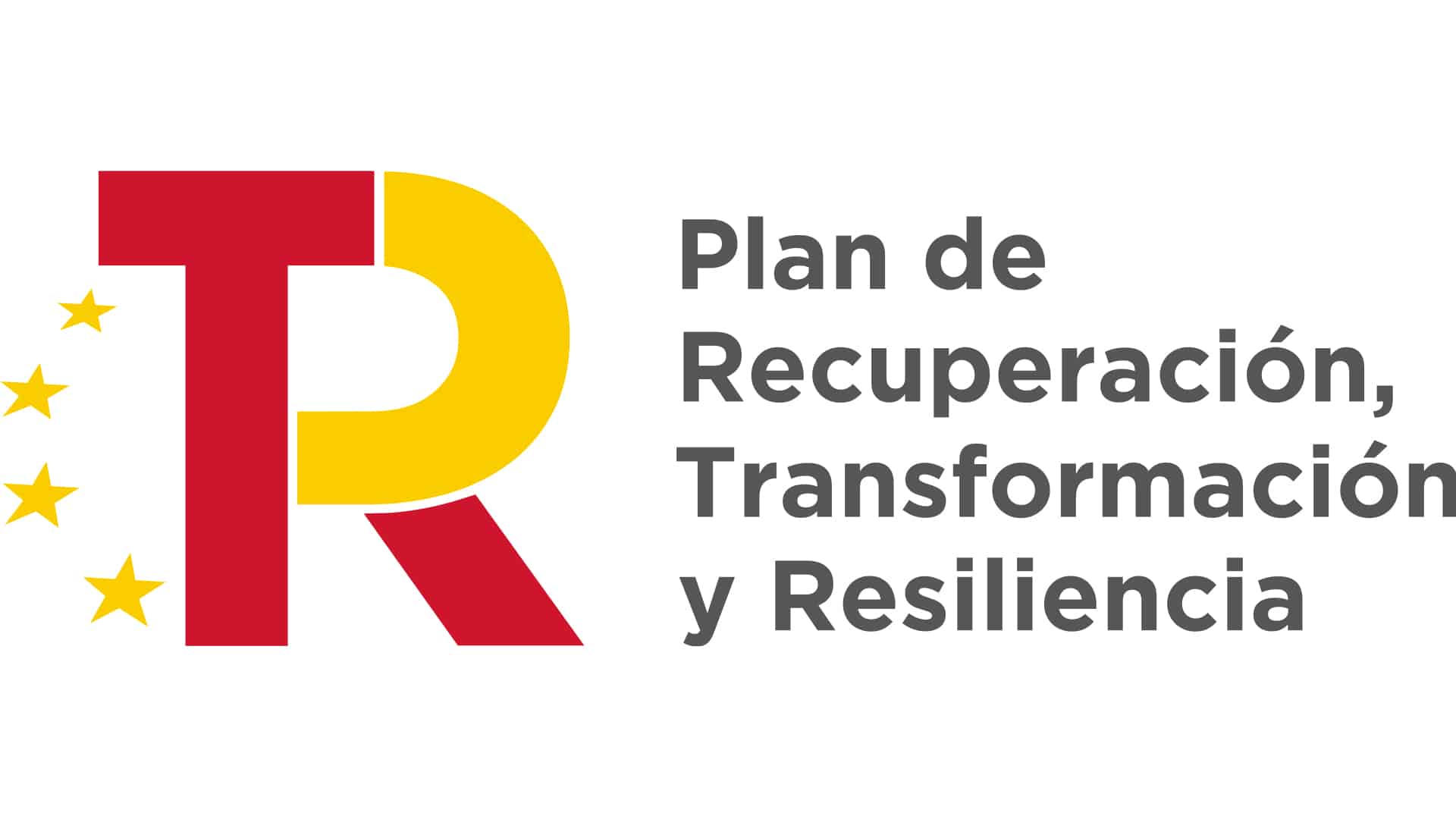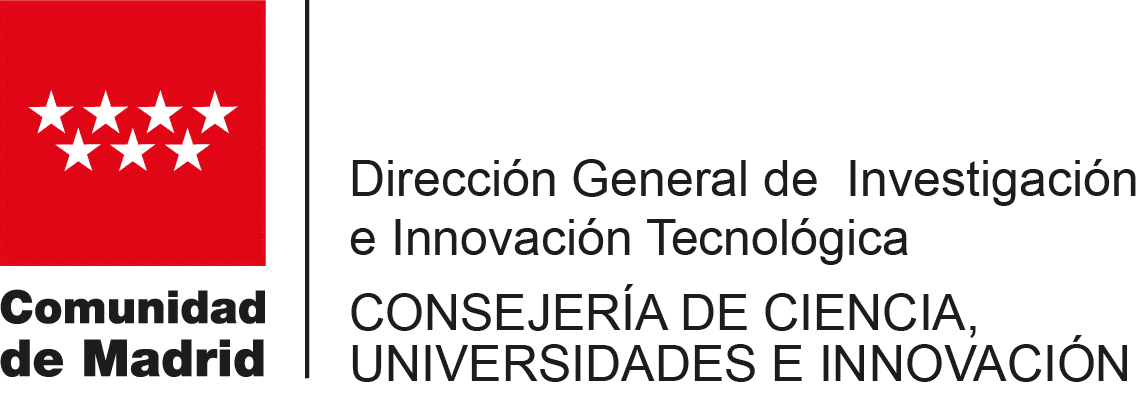A few weeks ago we blogged about The Science of Reading. This body of research explores how to develop good reading and writing skills from an early age for better outcomes in students’ academic development.
In the classroom, The Science of Reading is used to understand how students learn to read and how to improve their reading skills. Phonics, reading comprehension and fluency are used to effectively teach students to decode words, understand texts and develop comprehension skills.
In today’s multicultural and hyper-connected society, fluency in two or more languages is a must-have skill. For bilingual students, the ability to read and comprehend in more than one language is an everyday reality. However, in a bilingual or multilingual context, the question arises: is The Science of Reading adequate to address the specific needs of emergent bilinguals?
The Science of Reading research was conducted in a monolingual context. However, developing good reading and writing skills becomes more complex when working with children who navigate between two or more languages during their learning process.
In this post, we will explore the confluence between The Science of Reading and bilingualism, examining how pedagogical approaches and educational practices can be adapted to meet the specific needs of these learners.
One of the problems that experts have noted in The Science of Reading in relation to bilingual students is that there tends to be a greater emphasis on phonics instruction and the development of reading skills over other skills such as listening, writing, and speaking.
Although reading is one of the most important aspects of language development, it is also equally necessary to develop general linguistic and communicative skills in order to achieve bilingualism or multilingualism.
To achieve these oral communicative skills, bilingual instruction must include activities that involve speaking and listening, such as discussions, debates, presentations, or games that are culturally relevant to the students.
Although The Science of Reading has provided useful insights into literacy instruction, it is important to appreciate the specific context of emergent bilinguals and to use pedagogical approaches tailored to their needs in order to foster the development of all language skills equally. For example, we must consider the difference between learning to read in one’s native language, whose syntax and vocabulary are familiar, and learning to read in a language in which the basics are still being acquired.
Therefore, experts in multilingual education believe that too much focus on the development of phonics and reading skills based on The Science of Reading is not enough. The goal of bilingual instruction should be to acquire a good level of comprehension and expression, both written and oral. These skills must be nurtured in both the native language and the target language.
Smile and Learn facilitates access to personalized and immersive learning in different languages from an early age. This way, students develop those essential reading skills without neglecting writing and oral communication.
In addition, on our platform you can find videos on phonics, vocabulary and audiobooks, in Spanish and English, which are great resources for emergent bilingual students. They can learn and expand their general knowledge about culture, world history, recipes and much more from our extensive catalog of activities.
If you have not yet tried our educational platform you can do so by clicking on the following link.

